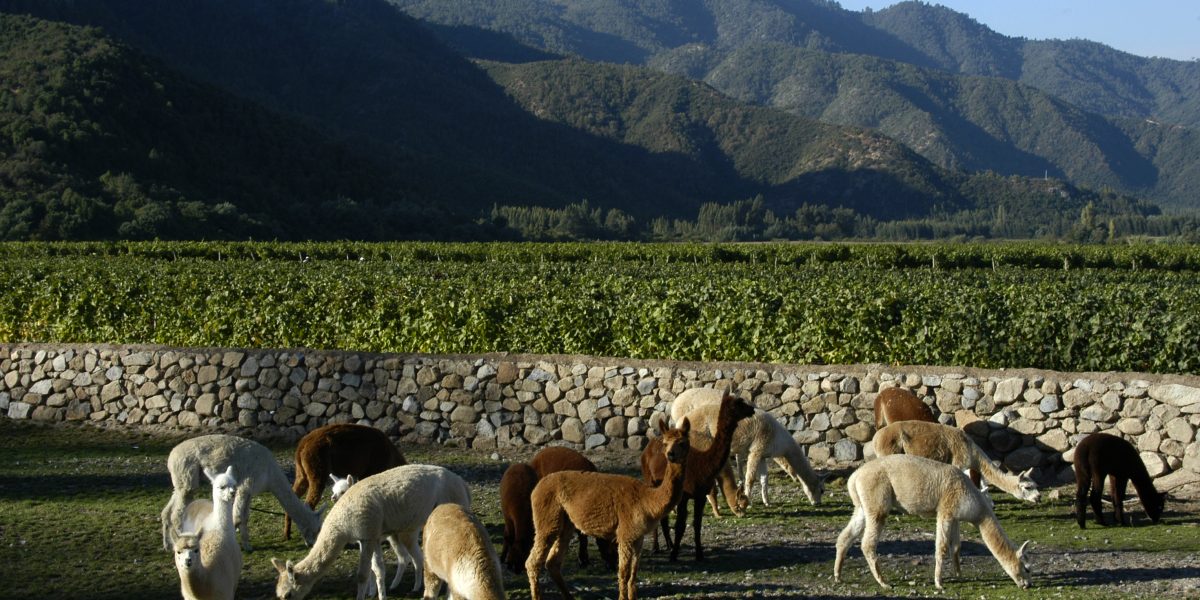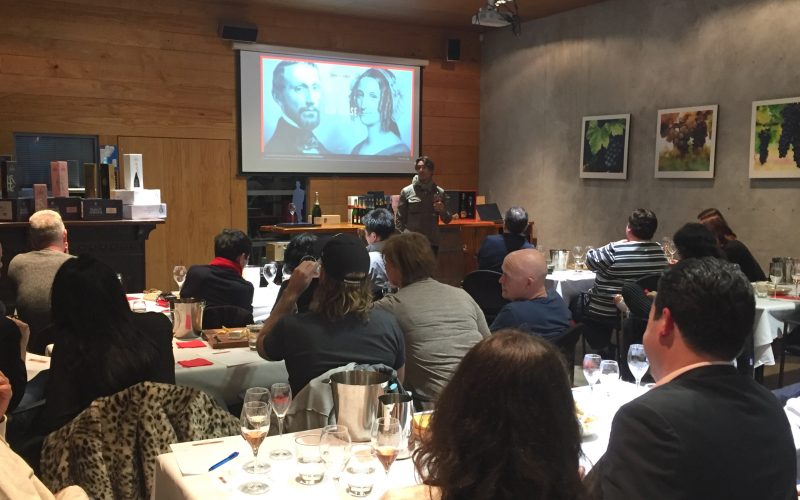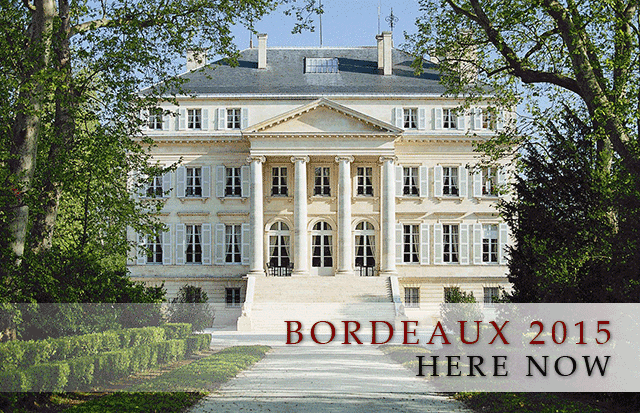Earlier in the year I had this great idea to go through South America on the way back from San Francisco. Clearly my understanding of distance is lacking. A 12-hour flight from Los Angeles (on an airline that definitely shows you how good Air NZ is!) and we finally arrived in Santiago. Far from being a stopover on the way back. Well worth it though, as I had tried a number of wines from Chile and Argentina recently and was excited to learn more. The Chilean and Argentinean wine scene has changed markedly, with the innovation, new regions, sub regionality and varietal diversity providing a lot to explore.
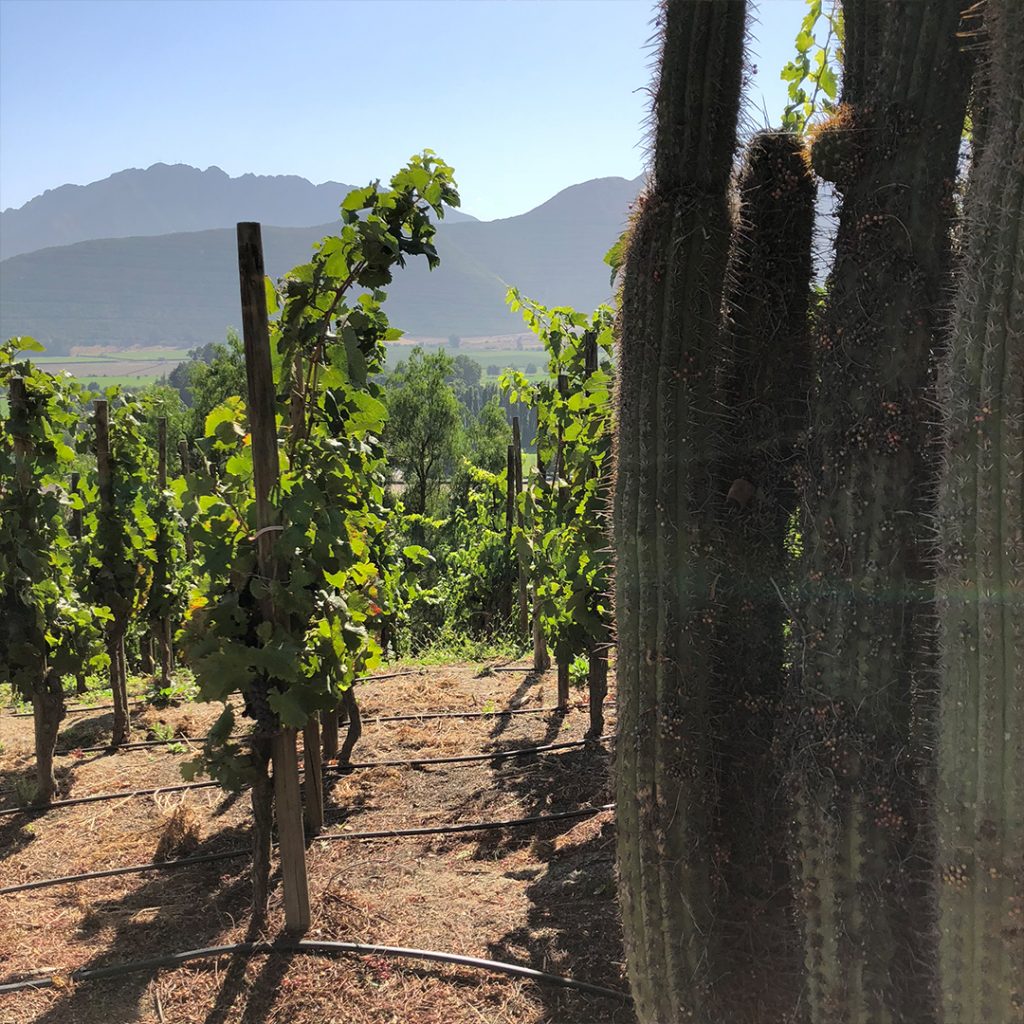
The old adage that it’s the home of cheap reds and juicy Malbec has definitely gone and been replaced by a quality of wines that rivals the best in the world. Chile reminds me a lot of New Zealand 10 years ago,and our winemaking history has some similarities for sure. It was the Spanish who first introduced the grape vines; then shortly after, the French varieties arrived. Fortunately, what never arrived was Phylloxera; the little louse did not like the soil or the Andes. The Chilean wine industry has historically been centred around Santiago and the Central Valley, where easy access saw winemaking boom. Old areas in the south that were first populated were often planted with the Pais variety, the mainstay of Chilean white wine for many years. While the central Maipo Valley continues to be very important to the Chilean Wine Industry, there continues to be much change. New ‘old’ varieties are being championed, Chilean Cinsault for instance, and the regions of production have become wider and more diverse, extending to the north and to the south, from down on the coast to deep in the Andes. What makes all of this even more fascinating is that Chile is such a long and narrow country; a small journey north or south and the climate, land, aspect, soil, you name it, is different. It’s like a whole host of different winemaking countries bundled together into one narrow strip. Expertise and skill are at an all-time high in Chile, with the new regions and varieties, and new generation of winemakers, all making a difference. It is through pioneering individuals such as Eduardo Chadwick, that this message, one of diversity and quality, has spread around the world. Chile is a mecca for Fine Wine and it is one to sit up and take notice of. Sure, the great value entry level wines are there, but the top end is too, and what’s more, the quality continues through the price points.

From Chile, we passed over the Andes on a winding long bus trip that is a must for your bucket list as it was fantastic. Seventy-six photos later and I still don’t think that I took enough pictures, it’s so spectacular. Financially, Argentina is less prosperous. Local producers are struggling, the government is not pro a strong wine industry and the youth turning to craft beer. Malbec is still king in Argentina; where it is grown the big talking point, and how it’s made. Mendoza sits at pretty high altitude anyway, it’s a desert at the foothills of the Andes, so to talk of high altitude in Mendoza seems crazy. The varietal diversity story continues here, with the grape variety to watch being Cabernet Franc. As with Chile, Fine Wines from Argentina have already made a name for themselves and demand attention.
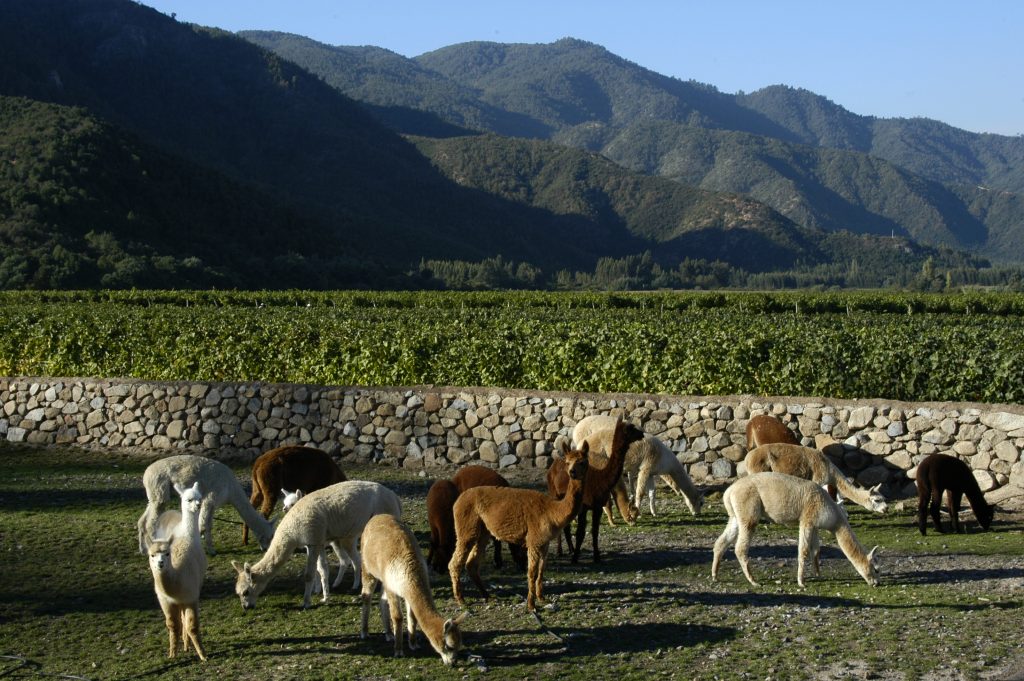
In August, we are super excited to be presenting our new range of wines from Chile and Argentina. These wines have been shipped to us in temperature-controlled containers. A taste through this range of wines and it will be clear to see why we are so excited, your impression of Chilean and Argentinean wine is set to change. There are a number of tastings throughout August at Glengarry Victoria Park, as well as regular instore tastings in all of our stores;
Saturday 25th August – GRAND TOUR OF SOUTH AMERICA
Grab some friends and join us for this afternoon walk-around tasting, where you can try and learn about the wines at your own pace. Just some of the new wineries arriving are: Casa Márin, Errázuriz, Emiliana, Riglos, Huarpe, Lapostolle, Renacer, Achaval-Ferrer, and Zuccardi.

